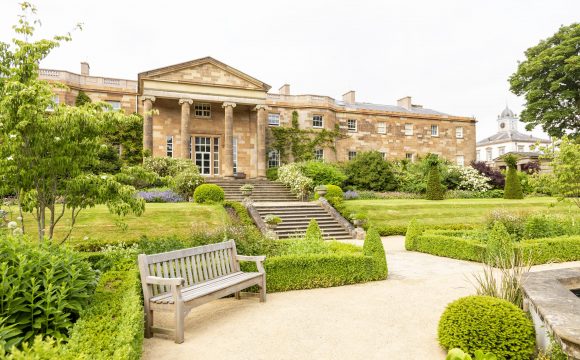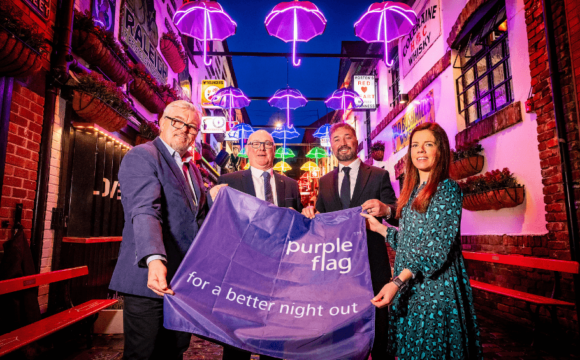21 March 2024
Travelling by aeroplane can be an exciting experience, but it also exposes you to various germs and bacteria.
Leading travel tour operator Ski Vertigo and a seasoned flight attendant revealed the top ten germ hotspots on aeroplanes, highlighting a critical aspect of travel hygiene often overlooked by even the most seasoned travellers.
- Tray Tables: These surfaces see a variety of uses during flights, from food consumption to being a resting spot for personal items and electronic devices. Given their multifunctional use and the fact that cleaning crews often have limited time between flights, tray tables may not receive a thorough cleaning, leading to a significant buildup of bacteria and viruses. This makes them a prime location for the transmission of illnesses.
- Bathrooms (Lavatories): Given the small space and the high number of users, aeroplane bathrooms are a hotspot for germs. The flush button, door lock, and faucet handles are touched by nearly every user, often without proper handwashing, making these surfaces a breeding ground for pathogens.
- Seat Back Pockets: These pockets are meant for storing items such as books, electronics, and travel essentials but often end up holding trash, used tissues, and food wrappers, which can contribute to the growth of bacteria. The cleaning of these pockets is not always thorough, leading to the accumulation of germs over time.
- Window Shades: Many passengers adjust the window shades throughout a flight, but these are not typically a focus during cleaning. This frequent contact by hands, which may not always be clean, allows for the transmission of germs to and from the shades.
- Pillows and Blankets: When airlines do not provide pillows and blankets in sealed packaging, there’s a risk they’ve been used by previous passengers without being properly cleaned. This can lead to the spread of skin cells, oils, and potentially infectious agents.
- Lavatory Handles: Every person who uses the lavatory touches the toilet and door handles, making them high-contact points for germs. These handles are a critical area for the transmission of bacteria and viruses, particularly if handwashing is not thorough.
- Seat-back Areas: This includes the seat-back screens, tray tables, and pockets. The high level of activity in these areas, combined with insufficient cleaning between flights, means they can harbour a wide range of germs.
- Seats and Seatbelts: Used by different passengers every day, these areas may not receive the level of cleaning required to eliminate germs between flights, making them potential vectors for disease transmission.
- Air Vents and Overhead Bin Handles: Frequently touched by passengers looking to adjust air flow or access their belongings, these surfaces are often overlooked during cleaning processes. The repeated contact facilitates the spread of germs.
- Headrests: Direct contact with passengers’ heads and hair means headrests can accumulate oils, sweat, and potentially infectious particles. Without regular and thorough cleaning, headrests can contribute to the spread of germs.
To maintain your health while flying, consider these five key practices:
- Sanitise Frequently: Use alcohol-based hand sanitiser after touching common surfaces and before eating.
- Use Disinfectant Wipes: Clean your seat’s high-touch areas, like the tray table and armrests, with disinfectant wipes.
- Minimise Contact: Avoid unnecessary touches, like the seat back pocket, and use barriers like tissues for direct contact with surfaces.
- Bring Personal Hygiene Items: Carry your own travel pillow, blanket, and a face mask, especially in crowded conditions or during flu season.
- Stay Hydrated and Avoid Touching Your Face: Drink plenty of water and keep your hands away from your face to prevent the spread of germs.
A flight attendant, who spoke to Ski Vertigo, remarked on the findings: “Awareness and preparation are your best allies against germs on a plane. Beyond the basic measures, consider the timing of your bathroom visits; early in the flight or right after cleaning, when fewer germs are present, can make a significant difference.
“If you must use the seat-back pocket, consider lining it with a disposable bag for your items. This not only keeps your belongings clean but also simplifies cleanup and minimises your contact with potential contaminants. Remember, the goal isn’t to live in fear of germs but to smartly mitigate risks so you can enjoy your travels to the fullest.
“For longer flights, consider packing a small ‘hygiene kit’ that includes face masks, hand sanitiser, disinfectant wipes, and even a spare set of clothes in your carry-on. Changing clothes after a long flight can help you feel refreshed and reduce the likelihood of transferring germs from the plane to your final destination.
“By implementing and understanding these health measures, you can turn your flying experience into a journey that prioritises well-being instead of being exposed to an environment that is full of germs.”
















